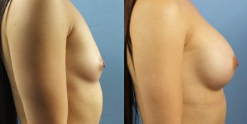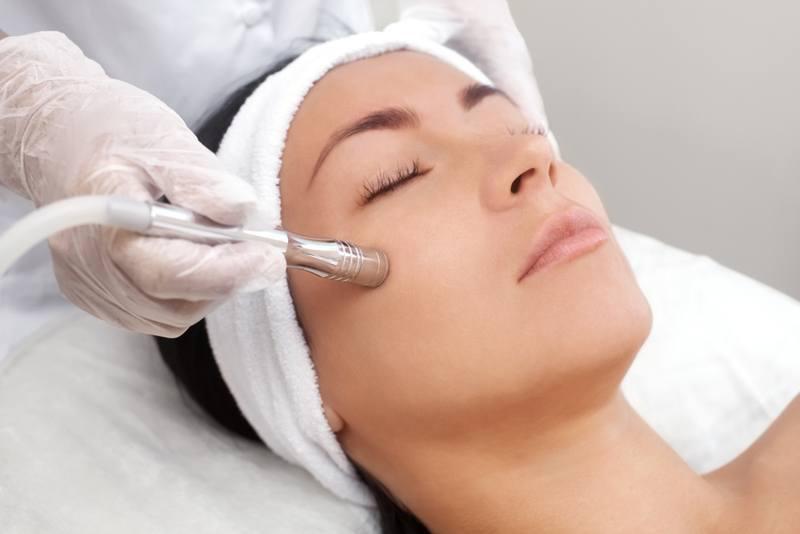Although microneedling dates back to 1995, it’s gained immense popularity over the last two and half decades thanks to social media, magazines, and influencers highlighting its anti-aging benefits. Also known as collagen-induction therapy, microneedling shrinks pore size, improves skin texture, and reduces the appearance of wrinkles, scars, fine lines, and hyperpigmentation. All of these benefits make microneedling one of the most requested nonsurgical cosmetic treatments here at our medical spa in Fairfield, Connecticut.
It’s no secret that microneedling, especially when combined with SELPHYL® PRP injections, can help you reach your aesthetic goals. But one question remains: does it hurt?
Below, Alfred Sofer, MD answers that question in more depth.
Does microneedling hurt?
It’s tempting to think that multiple needles pressed into your skin would hurt, but does it? The answer is not likely. There are many factors at play that reduce discomfort during microneedling treatments. The first is the length and the gauge (thickness) of the needles used. The bigger the needle, the more discomfort you feel, and thankfully, microneedling needles are tiny.
Microneedling devices vary, but studies show they range from 0.1 to 0.25 mm in diameter, and anywhere from 0.5 to 3 mm in length. This is in stark contrast to the needle length required to administer a vaccine into your muscle 一 1.5 inches, or 38 mm. The difference between a needle length of 38 mm and 0.25 mm makes all the difference when it comes to pain. The needles used for microneedling are shallow and pierce only your skin’s top layers, while the needles used for vaccines penetrate much deeper into your muscles.
Additionally, microneedling needles pierce your skin at a 90-degree angle, which also creates less pressure and discomfort.
The takeaway: microneedling needles (which are skinnier and shorter) and their method of application mean less discomfort for you.
Does getting a blood draw for PRP hurt?
When the microneedling device pricks your skin, it creates micro-injuries. These injuries provide two benefits:
- They stimulate your body to create more collagen
- They create tiny channels for serums, including PRP injections, to penetrate deeply into your skin
If you opt for PRP injections, we first collect a small blood sample to create your PRP serum. A blood draw requires a small blood sample to be taken from your arm. Some people feel a slight (but fleeting) pinch, while others don’t feel anything. To make your blood draw experience as smooth as possible, stay hydrated, which keeps your blood vessels easier to access. Additionally, eat a nutrient-dense, satisfying breakfast to keep you from feeling light-headed.
How to relax during your appointment
Even though microneedling is a much different experience than other types of procedures that rely on needles (IVs, vaccines, etc.), it’s not uncommon to feel a little anxious about the thought of dozens of needles on your face. The good news is there are many things you can do to relax during your appointment, including:
- Learn as much as you can about microneedling to erase the fear of the unknown
- Stay hydrated, which will make your blood draw for the PRP sample easier
- Practice deep breathing during your appointment, which takes you out of fight-or-flight mode
If you’re still concerned about any discomfort, don’t let the fear of needles keep you from experiencing the benefits of microneedling. Ask us about topical numbing cream to further promote your comfort.
Ready to treat yourself to microneedling? To schedule your consultation, call Dr. Sofer at 203-336-9862, or simply use our online booking tool.


